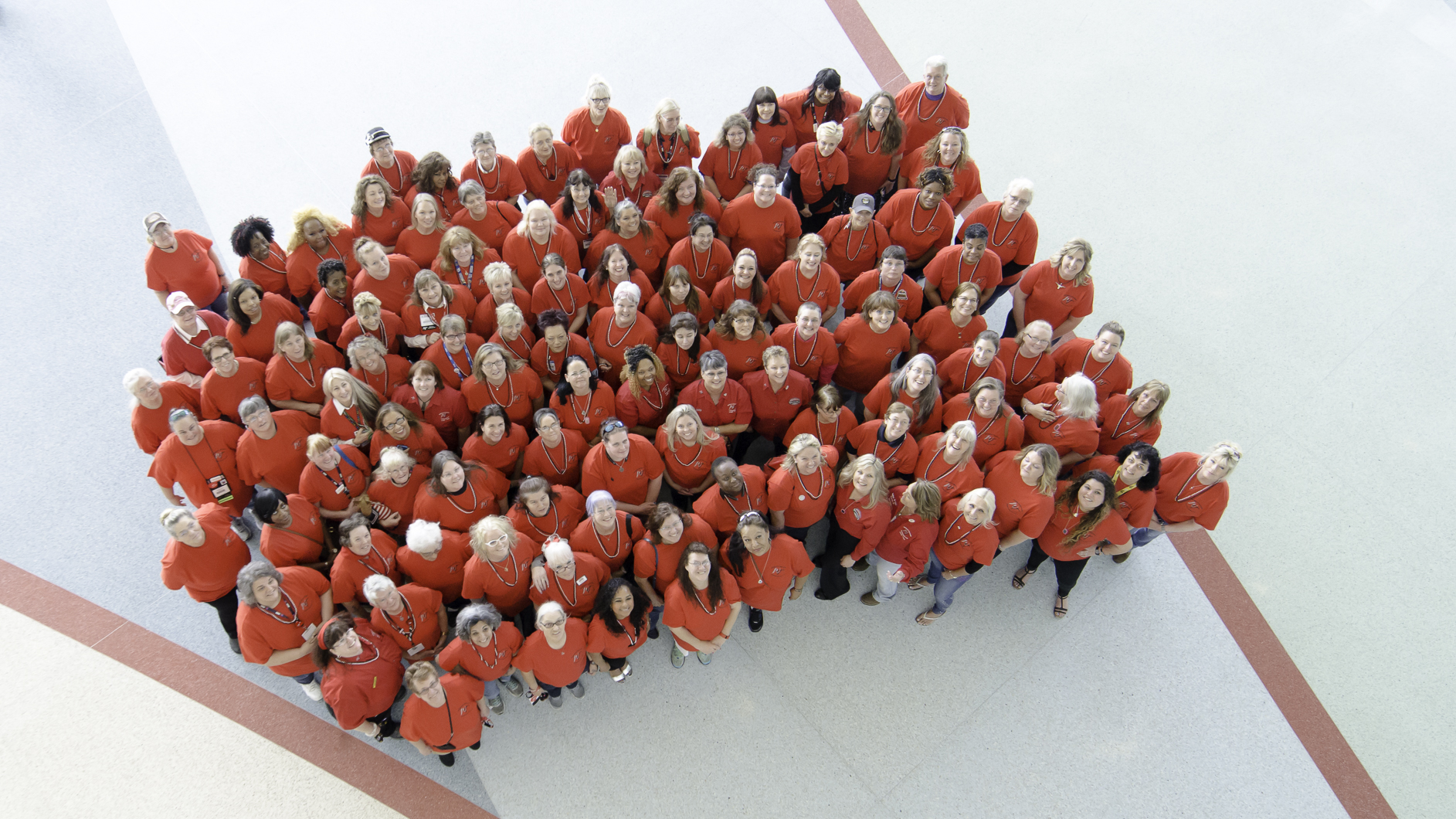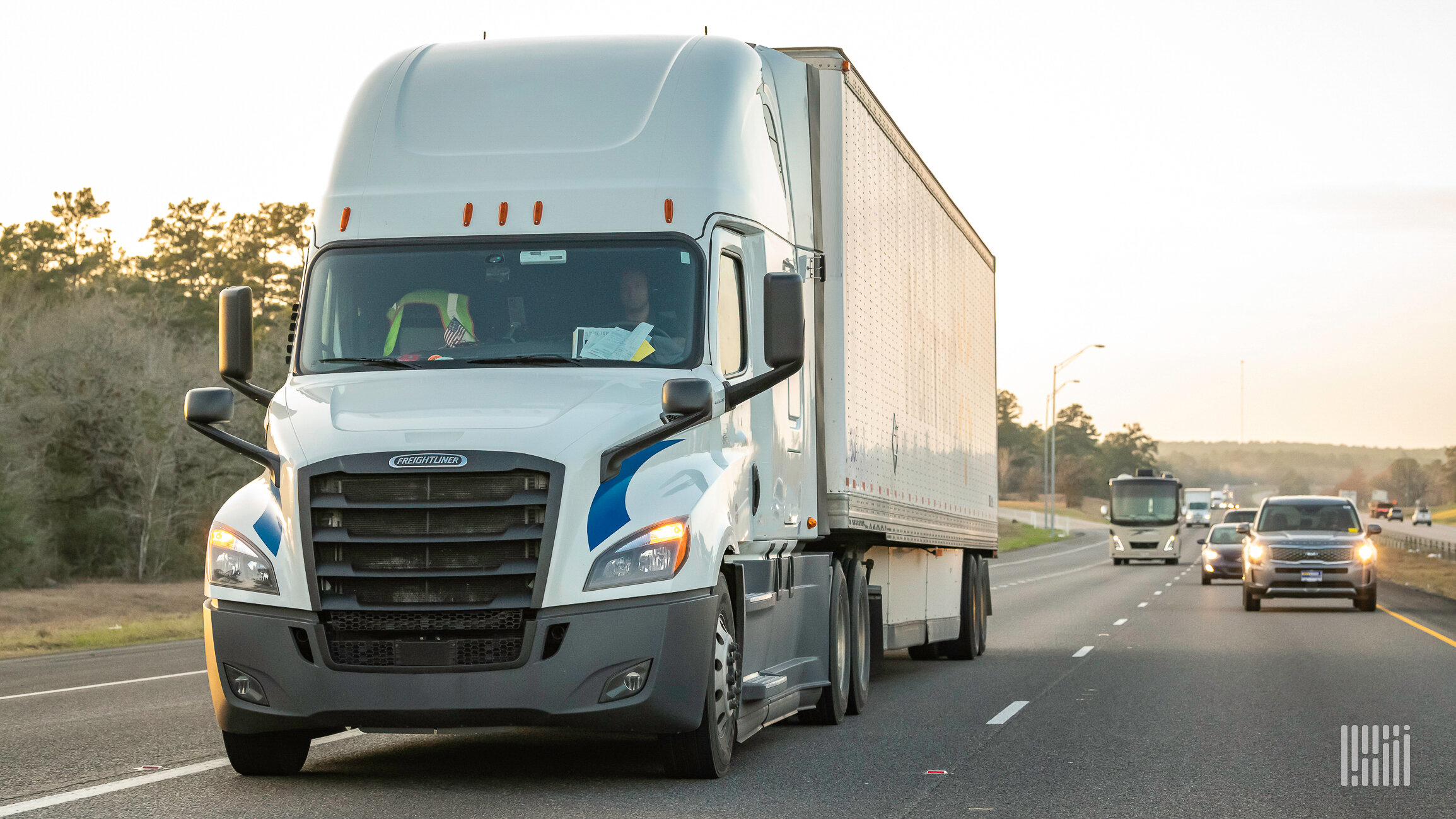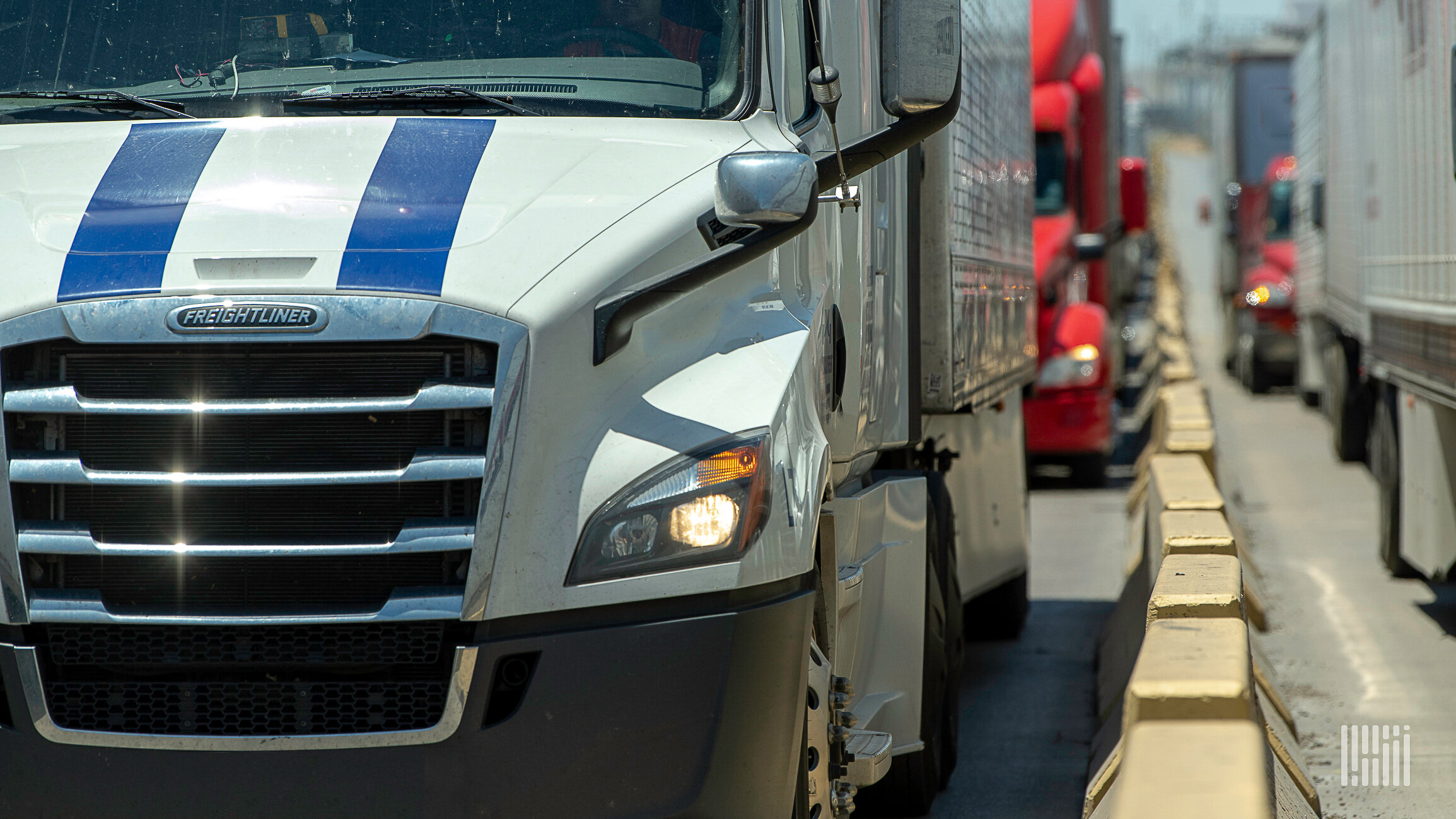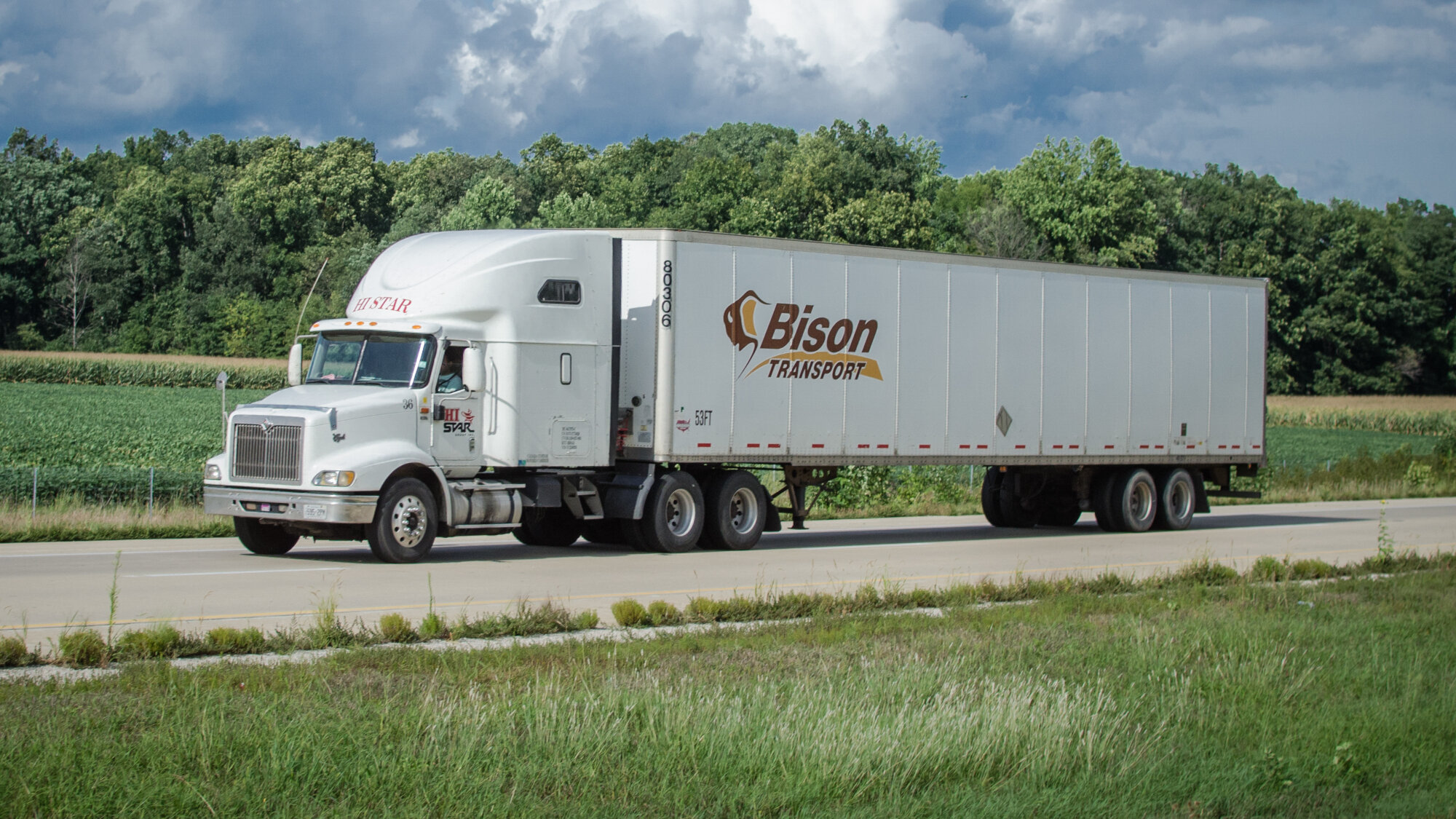
(PHOTO: FreightWaves Staff Photographer at the 2017 Mid America Trucking Show)
During part one of this two-part series, Omnitracs Senior Data Scientist Emilie Worsham made the case for women drivers using performance and turnover data. In the second installment, P&S Transportation Vice President of Human Resources Kim Daigle will provide carriers with practical ways to recruit more women drivers.
Daigle’s presentation was part of Women In Trucking’s latest webinar, “The Gender Impact in Trucking: How to Recruit and Retain Women–and the Data Behind it All.” Worsham presented the data on women drivers and their performance, setting the stage for Daigle to discuss recruitment.
Women In Trucking is a non-profit organization with a mission to see more women enter to trucking industry, remove barriers to entry and promote their accomplishments once they are involved.
Daigle said one of the biggest hurdles when recruiting women is helping them overcome the perception that trucking is something they cannot do.
“The perception is that trucking is a man’s business. You talk to women about it, and often you’ll hear that they it’s complicated, it’s mechanical,” she said. “It’s just something that women will say, ‘I’m not good at that kind of stuff.’ The reality is that women make great truck drivers.”
Daigle said some of the biggest challenges carriers must overcome when trying to bring in more women include building their confidence, making the necessary skill set clear and combating the idea that driverless vehicles will make truck drivers obsolete.
She believes building the confidence of women drivers is especially important when it comes to preventing accidents during their first 60 days on the job. The data Worsham presented showed women had more accidents than their male counterparts during those 60 days before dropping significantly lower than men after that introductory period.
“I think a lot of that has to do with this confidence thing. This is just anecdotal, but I think women are more likely to doubt themselves in the role and to be almost overly cautious,” Daigle said. “I think one of out challenges will be to help women understand that they can do it and give them the tools and training that allows them to do it well.”
Another reason women may be slow to consider a career in trucking is because they believe driving requires a different, more complex skill set than it actually does. They often think they need to be mechanically inclined or know how the engine of the vehicle works, according to Daigle.
“We all know that’s not core to the skill set that we need in our drivers,” she said. “We need cautious, safe drivers out on the road.”
When it comes to assuring perspective drivers that driverless vehicles will not make their jobs obsolete, Daigle said it is important to focus on the fact that driverless vehicles are a reality. She believes, however, that these vehicles will simply change the driver’s job, not eliminate it.
“Planes can pretty much fly themselves, but we still have pilots in there for when things go wrong,” Daigle said. “I think it is going to change the skill set that is needed in drivers, and I think it is going to change the focus of what that job is and really make it more open, not less.”
At the end of the day, even if companies overcome these confidence, skill and perception challenges, Daigle said they will still have to grapple with the reality of how women are treated on the road.
“I think one of the biggest challenges for women in the industry is actually men in the industry. You do hear a lot of stories about people getting catcalled or asked in a derogatory way if they need assistance backing up,” she said. “There is no shortage of insults on the road. I think all of those are a reality, and the women who enter the industry are aware that’s going to exist. As an industry, though, we need to figure out how to combat that.”
Carriers can become more appealing to women drivers by improving how they run, taking personal safety into account and placing an emphasis on respect, according to Daigle.
When it comes to improving how they run, Daigle said carriers can not only attract more women drivers, but more drivers in general, by placing a greater emphasis on regional, local and dedicated opportunities that allow drivers to know when they will be working and when they will be off.
While the security and predictability of regional and dedicated opportunities can go a long way with getting more women behind the wheel, Daigle said an increased emphasis on personal safety is also need to draw more women to the industry. This includes helping women figure out safe places to park and rest, ensuring women are physically safe on the road and making sure their equipment is safe for them, including making sure seat belts fit drivers of their size properly.
Another key piece of the puzzle is simply respecting women in the industry and listening when they express concerns, according to Daigle. This respect includes offering women the training they need to feel confident in themselves and their skill sets.
Daigle said one of the most common ways women enter the industry right now is through their families.
“Maybe their dad was a truck driver. Maybe their husband is a truck driver, and they become a team,” Daigle said. “We have a dad and daughter team in our company, and he has helped her get her CDL, he’s trained her and they run all over the country together.”
She encouraged carriers to capitalize on family connections by getting to know their existing drivers and finding out if they have wives, daughters or other family members interested in joining the industry.
From there, Daigle recommended carriers lower the barrier for entry by helping their existing drivers become trainers and letting them run as a team with their family members.





















